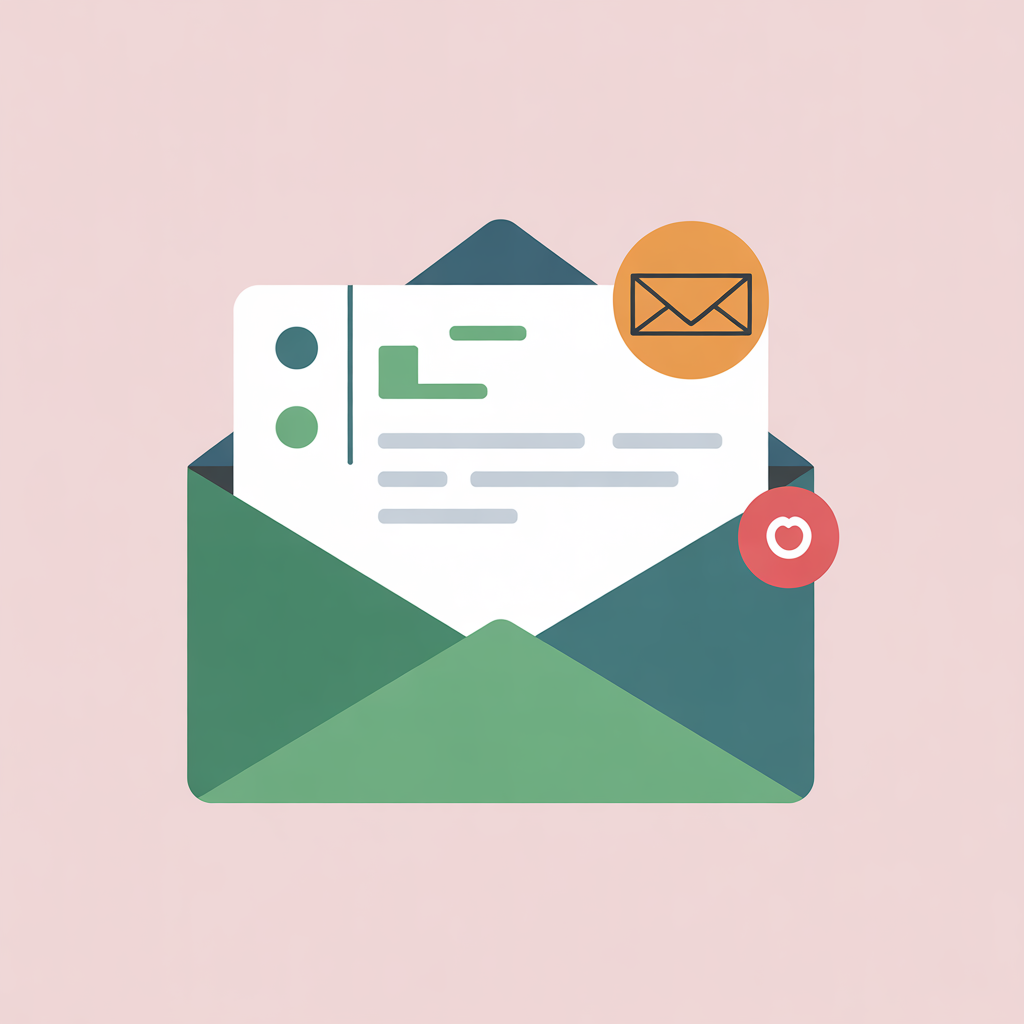Introduction
In the world of digital communication, writing an effective email can open doors that ordinary messages can’t. Whether you’re contacting a client, applying for a job, or pitching an idea, your email represents your professionalism. This guide will help you understand how to write professional emails that grab attention, convey your message clearly, and get the desired response.
1. Why Professional Email Writing Matters
Emails are the first impression of your digital identity. A well-written email shows respect for the recipient’s time and helps you stand out. On the other hand, poorly structured emails often get ignored or misunderstood. Professional email writing ensures clarity, credibility, and efficiency — three essential pillars of successful communication.
2. Start with a Strong Subject Line
Your subject line is like a headline — it decides whether your email gets opened.
- Keep it short (6–8 words).
- Be specific (avoid generic lines like “Hello” or “Important”).
- Use action or value words like “Request for Collaboration” or “Proposal for Marketing Campaign.”
Example:
❌ “Need Help”
✅ “Request for Product Design Collaboration – Ayesha Ali Studio”
3. Structure Your Email for Clarity
A professional email should have a clear format:
a. Greeting: Start with “Dear [Name],” or “Hello [Name],” depending on the formality.
b. Opening line: Mention your purpose briefly and politely.
c. Body: Explain your message logically and concisely.
d. Closing: End with appreciation and a call to action.
e. Signature: Include your name, title, and contact info.
Example Template:
Dear Mr. Khan,
I hope you’re doing well. I’m reaching out to discuss potential collaboration opportunities in sportswear production. We specialize in custom apparel and would love to share our latest catalog with you.
Looking forward to your response.
Best regards,
Ayesha Ali
Designer & Manufacturer
4. Keep Your Tone Polite and Professional
Tone determines how your message is perceived. Always stay polite, positive, and respectful — even if the topic is sensitive or involves a complaint. Avoid slang or overuse of emojis. A friendly yet professional tone builds long-term relationships.
5. Proofread Before Sending
Typos and grammar mistakes can damage your reputation. Before sending any email, double-check:
- Grammar & spelling
- Name spellings
- Dates, figures, and attachments
Tools like Grammarly or AI email writers (like your platform) can help ensure accuracy and tone.
6. Add a Clear Call-to-Action (CTA)
Always end with a clear next step:
- “Please confirm your availability.”
- “Can we schedule a quick call?”
- “Looking forward to your approval.”
A strong CTA guides the recipient to respond and helps you achieve your goal faster.
7. Use AI Tools Smartly
AI email writing tools can help you create drafts quickly. However, human editing ensures tone, emotion, and authenticity. Always personalize AI-generated content before sending. Combining AI efficiency with your personal touch gives the best results.
8. Examples of Effective Email Closings
✅ “Looking forward to hearing from you soon.”
✅ “Thank you for your time and consideration.”
✅ “Best regards, [Your Name]”
Avoid abrupt endings like “Thanks” or “Talk soon” unless you know the recipient well.
9. Keep Your Emails Concise
Long paragraphs often lose the reader’s attention. Stick to 100–150 words for professional communication unless detailed explanation is necessary. Break up text into short paragraphs or bullet points.
Conclusion
Professional email writing is both an art and a skill. The key is clarity, tone, and purpose. By following structured guidelines — from subject lines to sign-offs — you’ll improve your communication, build trust, and increase response rates.
Remember: Every email you send reflects your brand, your professionalism, and your confidence.


